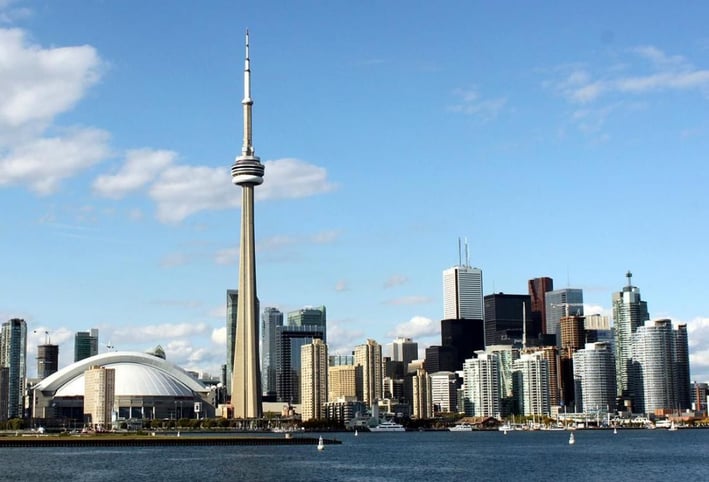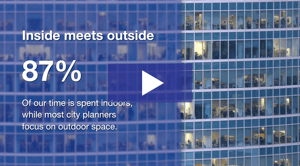This article is an excerpt from BisNow - see the full piece by clicking the link at the bottom of the page.

Along Toronto’s waterfront, a new neighborhood is emerging. Quayside, Google’s $50M plan to christen a former industrial area as an intelligent neighborhood, will use data to inform the services it provides residents, from finding open lounge chairs along the water to organizing block parties.
A grand experiment for the era of smart cities, Quayside speaks to a growing trend among urban areas to incorporate the Internet of Things into their infrastructure. But to evolve from experiment to reality will require a shift from individual services to leveraging a network of interconnected smart buildings, ThoughtWire CEO Mike Monteith said.
People spend nearly 87% of their time indoors, mostly in privately owned spaces. While IoT investment in outside infrastructure can improve the operation of a city, incorporating this technology indoors can unlock value for both occupants and owners in terms of safety, efficiency and building use. To further the development of data-driven urban environments, cities need to work with property owners to highlight the value of building these smart networks from the inside out, Monteith said.
“For smart cities to gain traction, we need to focus the agenda for smart cities toward smaller use case studies for improving areas like public safety and sustainability,” Monteith said. “That needs to start with connecting the information inside the built environment to a smart city context. In other words: How do we bring the inside out with purpose?”
Monteith recently gave a talk on this topic, and this is the vision ThoughtWire has for the future of smart buildings. Through its smart building suite, the company provides real-time situational awareness and operational intelligence to enable an improved IoT strategy. ThoughtWire’s product acts as the operating system for buildings, consolidating data across building infrastructure and automating environmental controls. “
We are on the start of a journey where cities have been responsible for defining what a smart city is,” Monteith said. “It is far more important to focus on the broader built environment side of the story. The challenge has been that large-scale owner-operators have not had a seat at the table to set the strategies and agendas. But we are starting to see the built environment’s voice enter these conversations.”
Watch Monteith's full talk by clicking on the video here.






